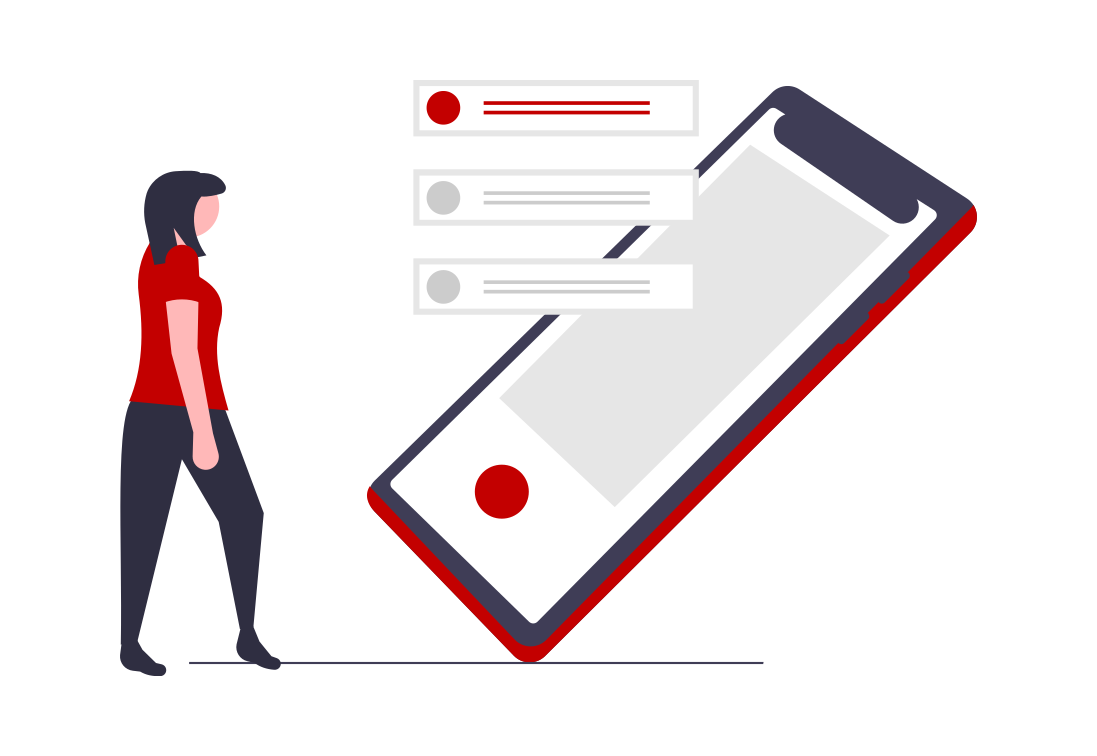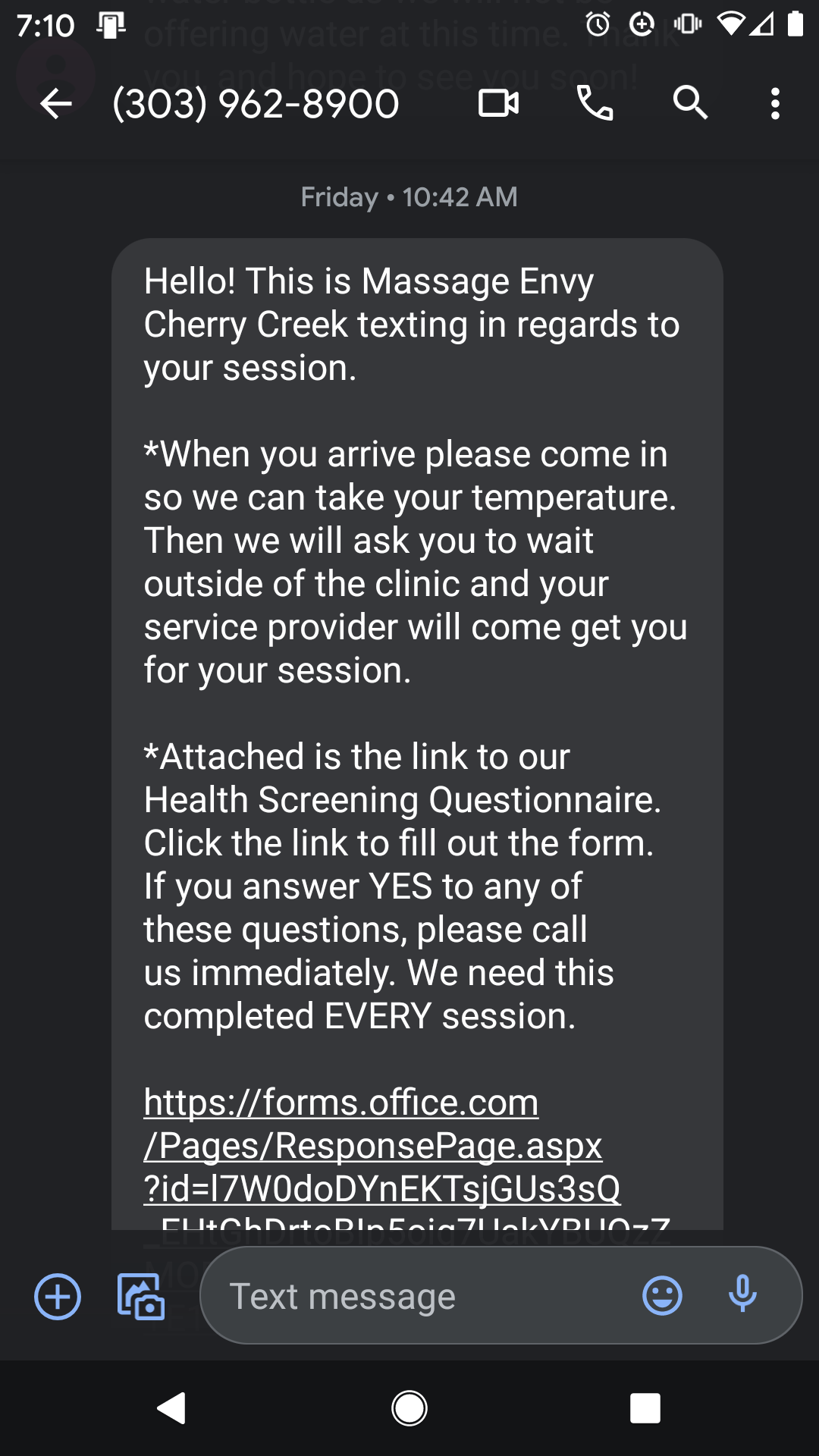Does Apple Support Push Notifications? Plus Fallback Options

Apple introduced push notifications about a decade ago. This feature allows brands to send notifications directly to customer's phones or computers.
But Apple does not support iPhone push notifications from the web.
Push notifications offer a few advantages over email. This means an application can engage in a different way. Without the user checking their email.
Push messages are short and can include images and call to actions.
The communication channel is close to free. There are costs to maintain your cloud based resources. Delivery is free and offered by the consumer's platform.
To send push notifications the user or customer opts into receiving these messages. In theory this prevents spammers from attacking us with a torrent of junk.
Websites can send push notifications through every browser on every platform, except iOS. This ironically excludes iPhone and iPad from push notifications.
At the moment this means you cannot send push notifications to your iPhone users.
This does not mean Apple will not one day turn this feature on. My gut tells me they will and it will be sooner rather than later.
The anti-trust heat Apple is getting from app developers, the European Union and US Congress should help. Push seems to be one of the technical features wanted by most brands.
Lack of push is often seen as a missing feature. Stakeholders feel forced to eat the high costs of developing and maintaining an app in the App Store.
When you consider how cheap push notifications are against the expense of developing an iPhone app it may not make sense. Instead ship a multiplatform progressive web app. Use SMS and email marketing as fallbacks.
Text Messaging/SMS Fallback

When I am contacted about push notifications and iPhones I always suggest SMS as a fallback.
A feature of the web is progressive enhancement. This is why 'progressive' is the first word of Progressive Web Apps. Progressive enhancements means the site or app still functions even when a modern feature is not supported.
The classic analogy is an escalator with a broken motor. You can still walk up or down the stairs. The moving stair case is a nice enhancement.
Text messages allow you to send similar content to the user. SMS does cost more than push. In the US the typical cost per message is around $0.007-9. Other countries cost more. Be sure to check your customer's country rate before sending messages.
Also consider the customer. Make sure you let them know charges may apply. In North America that is rare today, but still possible.
As far as engagement, SMS does seem to have high engagement. I know I at least read every text message. I don't read most of the push notifications. I delete them without even reading the subject.
Email is another fallback. This is a well known channel, so I won't cover it here.
I feature detect push support, if not I offer SMS. In many applications I offer all three channels. The user can decide if they want notifications and what channels to receive them.
No matter what channel you offer, make sure you get the customer's consent first.
Fighting Potential Apple Objections
First, feel free to contact your elected politicians. They may be collecting ammunition for anti-trust hearings. Who knows they might even understand what you are talking about, lol.
To my knowledge I have not seen any official website push notifications statement by Apple. Well beyond they are not supported. So I do not know why they are holding back on this feature.
The general speculation is what I mentioned before, forcing brands to their App Store. This means Apple is in charge of your ability to engage with customers. Potentially grabbing 30% of your revenue.
The consumer privacy is the common statement Apple makes about unsupported features. At the same time the exact features they claim pose privacy issues are available in native apps. So the point is hypocritical if you ask me.
But let's accept privacy is a concern.
First, push notifications must be opted into by the consumer. They can opt out at any time. This choice is maintained by the platform provider, Apple in this case. This is because communication to the consumer is done through the provider's platform.
For Apple this is the Apple Push Notification Service. Google, Microsoft and Mozilla all have their own push services. They act sort of like your email server and gate access to your device.
Next, they could limit access to the push service to only PWAs that have been added to the homescreen. This is a clear signal the consumer has a trust and desire to engage with the application.
Finally, they could employ a site engagement score like Edge and Chrome do. They use this score as a signal to turn features on or off.
I like the site engagement score. I know I use websites a lot for a period of time, then gradually move on. After a period of no engaging there is a point of diminishing returns on notifications anyway. So auto unsubscribing a user that has not opened my PWA in a few months is doing me a favor.
In my experience this is not the case with native apps. There are several apps I don't even recall opting into push notifications, nor have opened in while. I get push notifications multiple times a day from these apps.
Yes, I am too lazy to go through the unsubscribe process.
Action Items
OK, Apple does not support push notifications, so what?
Don't let this convince you to fork over a truckload of money to create an iPhone app. Weigh the expense against the ease of a Progressive Web App.
Also consider how difficult it is to convince someone to go to the store, find your app, download your app. Open your app, go through all the consent dialogs and then open your app again. Most downloaded apps are only opened once.
To earn that app download, most likely they visited your website. If your site were a progressive web app they would already have your application code on their phone or computer. You have a clear path to encourage them to add it to their homescreen. This can be on an iPhone, Android, table, desktop, laptop or even a TV.
Once engaged you can then nudge them to notifications. Outside of iOS you can even nudge them to push notifications.



